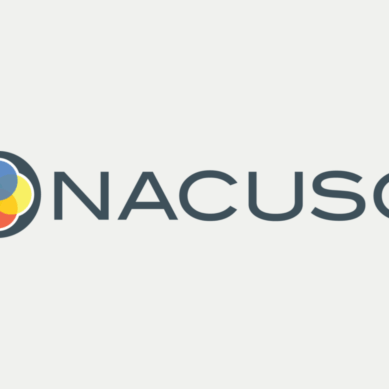Changing consumer behavior and other factors demolished the once rigid line that divided credit unions from the rest of the financial services industry. And now, these institutions face a stark mandate: transform or fail.
Credit unions were founded to serve smaller, more specific audiences, like employees of a company. But that operating model is no longer viable. Credit unions need to grow beyond their niche roots. To survive, they must expand their digital capabilities, as well as offer new products to serve a larger set of customers of different demographics, across more locations. To do that, they’re turning to deal-making.
Prevented by restrictive charters, credit unions can’t easily expand into adjoining regions. And many don’t have the ability to independently support services like small business and commercial lending that help to broaden their audiences. It’s why Hudson Valley, Global Credit Union, and others are rushing to buy community banks, as well as fellow credit unions. These acquisitions give them the wider geographic reach, more expansive set of services, and larger client base needed to compete in the new market.
Where technology comes in
The challenge then becomes using technology to enhance these services to win over new clients, as well as keep existing ones. While many credit unions have always made customer success a priority, that’s become harder as more services shift to online. Many simply don’t have the resources to do huge IT overhauls. Community banks are facing the same problem. And many are choosing to consolidate with other, similarly-sized organizations, betting that a “merger of equal” will help them, among other things, invest in new technology at the speed and scale of bigger rivals.
It’s a reflection of the dominant shift to online banking. Whether a bank or credit union, success is now determined by the digital experience they provide to customers. Institutions must seek to build seamless connections between their vast suite of digital tools, eliminating the need for users to jump through hoops to do simple things like set up a new account or start an investment fund.
While M&A drives new growth opportunities, it also complicates these endeavors. There can be significant technical barriers dividing the IT environments of each business. Often, those ecosystems need to be consolidated without major interruptions to end users. Then, the newly-combined companies need to find a way to further drive more personalized and automated services for customers.
As credit unions continue to look externally for their next phase of growth, technology must not be lost in the discussion. Buying another business may provide an immediate boost to revenue and customers, but it’s the ultimate mash-up of the IT environments, and how the combined entity builds upon this new foundation, that will determine how well it can sustain and grow those key metrics.
The M&A rush
Credit unions often reach inflection points where an acquisition is necessary. But today, these types of deals are happening much more frequently. In fact, in the first three months of the year, credit unions accounted for over a quarter of all U.S. acquisitions. There’s massive pressure to transform—and transform quickly.
The industry has always made customer satisfaction the top priority. But without more financial muscle and larger customer bases, credit unions can’t compete against FinTechs and megalenders, which have the resources and technical know-how to start to use data, artificial intelligence, and other ground-breaking technology to power the next-generation digital banking experience.
For example, in less than a year, Alaska USA Credit acquired both Global Credit Union, adopted its name, and bought First Financial Northwest Bank. This string of deals was all done with the goal of expanding into nearby markets and offering new products, with a focus on “technology-forward design” that’s “more suited to conducting business in the future,” according to Global Credit Union’s CEO.
However, these deals can also make or break the credit union’s future. While the overall cost of the acquisition is a key factor, what happens post-merger is just as important. Cultural alignment is necessary to ensure the institution can maintain a strong focus on core values and the member-centric approach. And increasingly, credit unions must weigh the technical barriers that could be created by any potential deal.
Creating the digital future
While mergers or acquisitions give businesses more resources to invest in technology, they make IT environments incredibly complex and inefficient. And often, it’s the members that suffer.
The institutions are unable to use the collective strength of their newly-combined technology ecosystems to drive better customer personalization or get cutting-edge products to market faster.
This is why progressive modernization is so important. And why banks need an underlying technology platform that can support iterative development, without creating silos that keep the business from delivering the seamless experience that customers demand.
Instead of undergoing risky and costly IT overhauls immediately post-merger, they can make targeted investments in areas where a return is more clear, focusing on projects that play to the strengths and commonalities of the once-distinct digital landscapes. Then, as institutions notch more “wins,” they can proceed to more complex projects, where the impact can be even greater.
Ultimately, the key is to balance strategic growth with a steadfast commitment to the credit union’s core purpose and values. Careful planning, communication, and a member-centric approach can help credit unions navigate this challenge. Technology can help ensure these principles are reflected in the products and services offered to members.























































